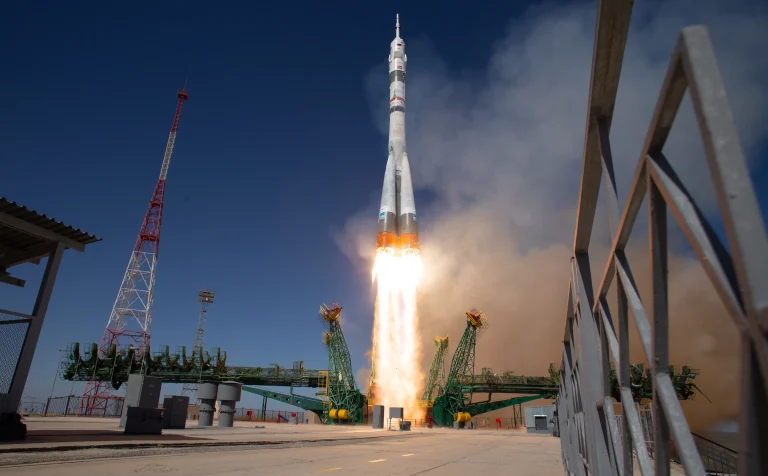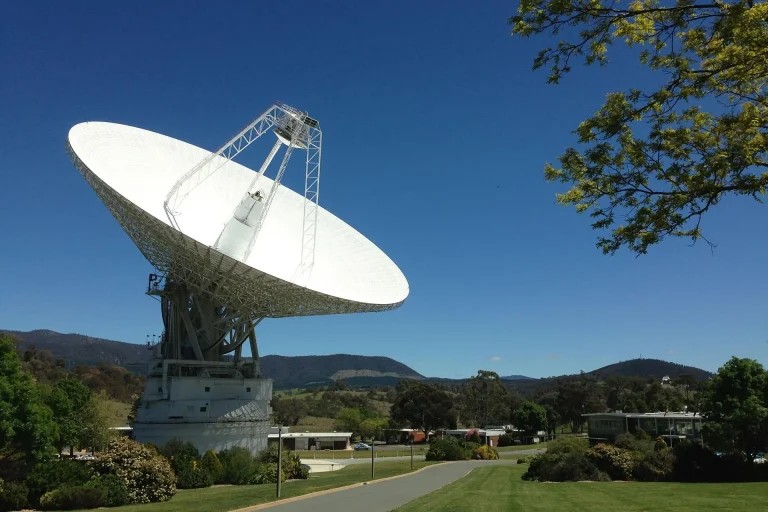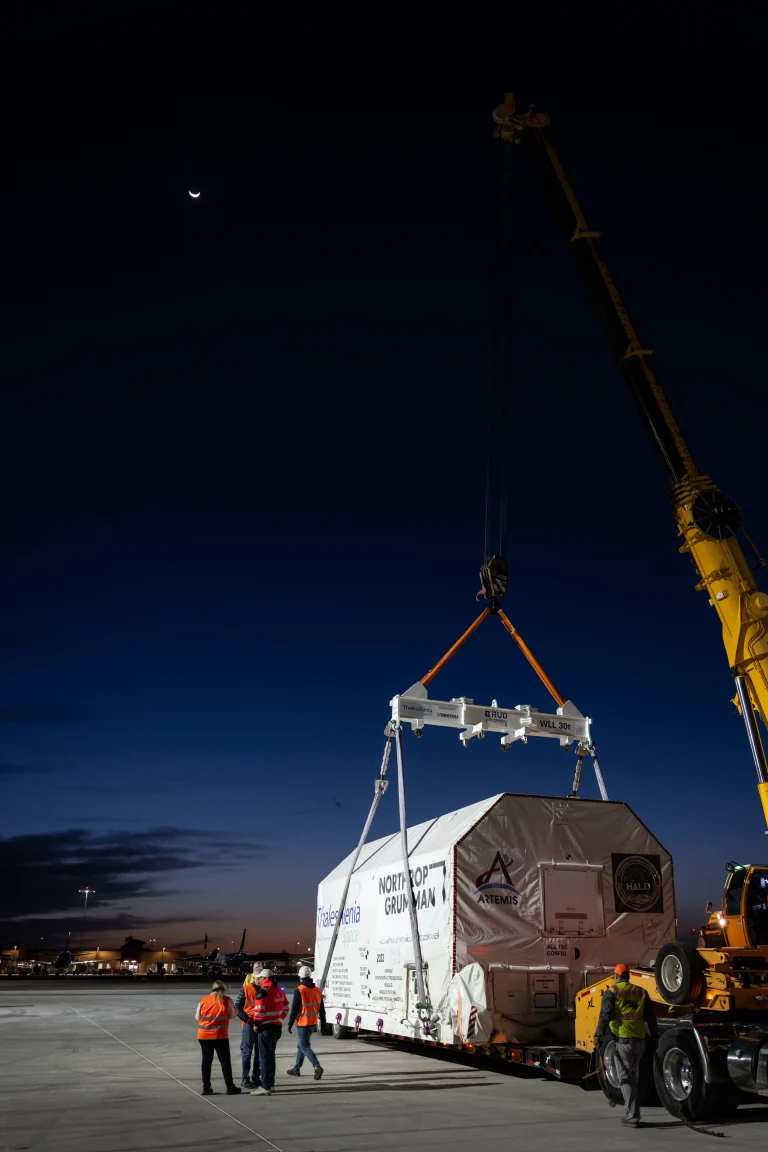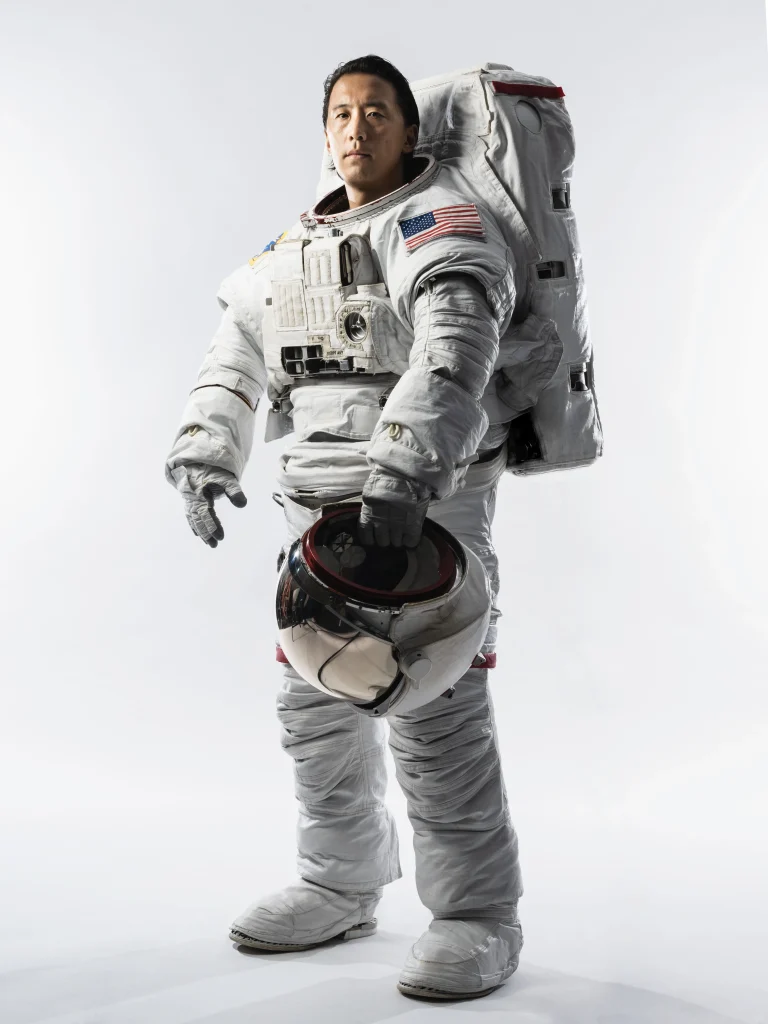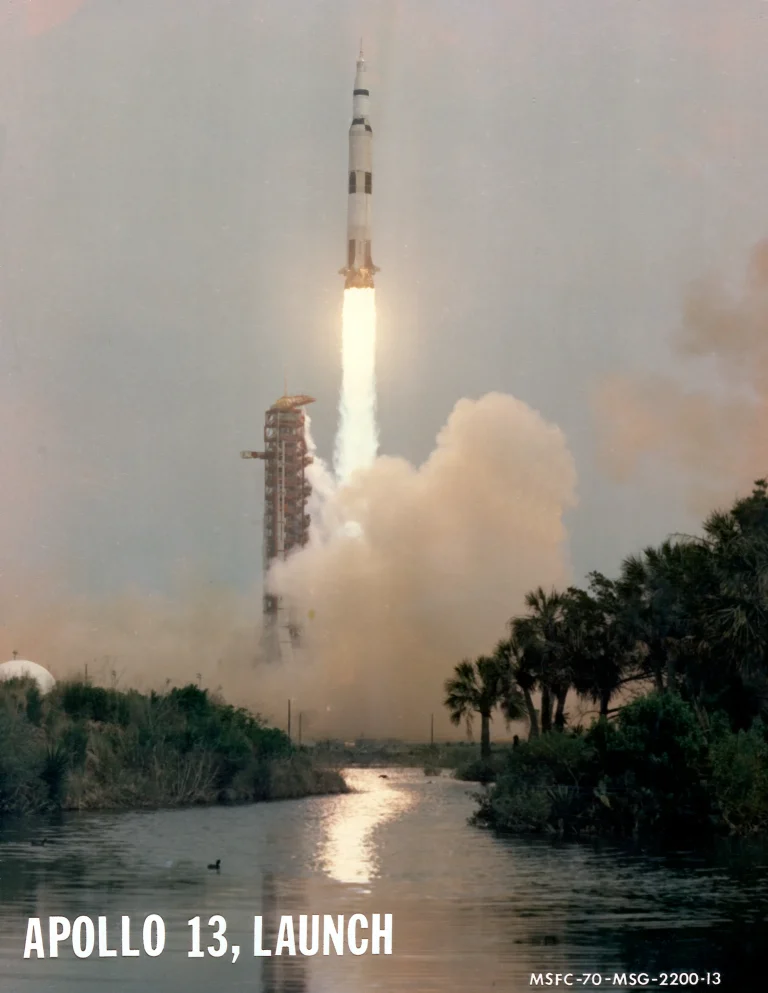NASA astronauts Kate Rubins, foreground, and Andre Douglas execute a nighttime simulated moonwalk in the San Francisco Volcanic Field in Northern Arizona on May 16, 2024, as part of the Joint Extravehicular Activity and Human Surface Mobility Test Team Field Test 5 (JETT5). The test consisted of four simulated moonwalks that followed operations planned for Artemis III and beyond. During the test, two integrated teams worked together as they practiced end-to-end lunar operations. The field team consisted of astronauts, NASA engineers, and field experts in the Arizona desert conducting the simulated moonwalks, while a team of flight controllers and scientists at NASA’s Johnson Space Center in Houston monitored and guided their activities.
At the conclusion of each simulated moonwalk, the science team, flight control team, crewmembers, and field experts came together to discuss and record lessons learned. NASA will take these lessons and apply them to operations for NASA’s Artemis missions, commercial vendor development, and other technology development.
See more images from the JETT5 field test.
Image Credit: NASA/Josh Valcarcel
2024年5月16日,在亚利桑那州北部的旧金山火山区,NASA宇航员凯特·鲁宾斯(前景)和安德烈·道格拉斯进行了一次夜间模拟月球行走,这是联合舱外活动与人类表面移动测试小组现场测试五(JETT5)实地测试的一部分。此次测试包含了四次模拟月球行走,遵循了阿尔忒弥斯3号任务及以后任务的计划操作。在测试过程中,两个综合团队一起练习端到端的月球操作。现场团队包括宇航员、NASA工程师和在亚利桑那州沙漠进行模拟月球行走的领域专家,而在休斯顿的NASA约翰逊太空中心,一支由飞行控制员和科学家组成的团队监控并指导他们的活动。
在每次模拟月球行走结束时,科学团队、飞行控制团队、机组人员和现场专家聚在一起,讨论并记录了所学到的经验。NASA将把这些经验应用到NASA的阿尔忒弥斯任务、商业供应商开发和其他技术开发的运营。
查看更多JETT5实地测试的图片。
图片来源:NASA/Josh Valcarcel


